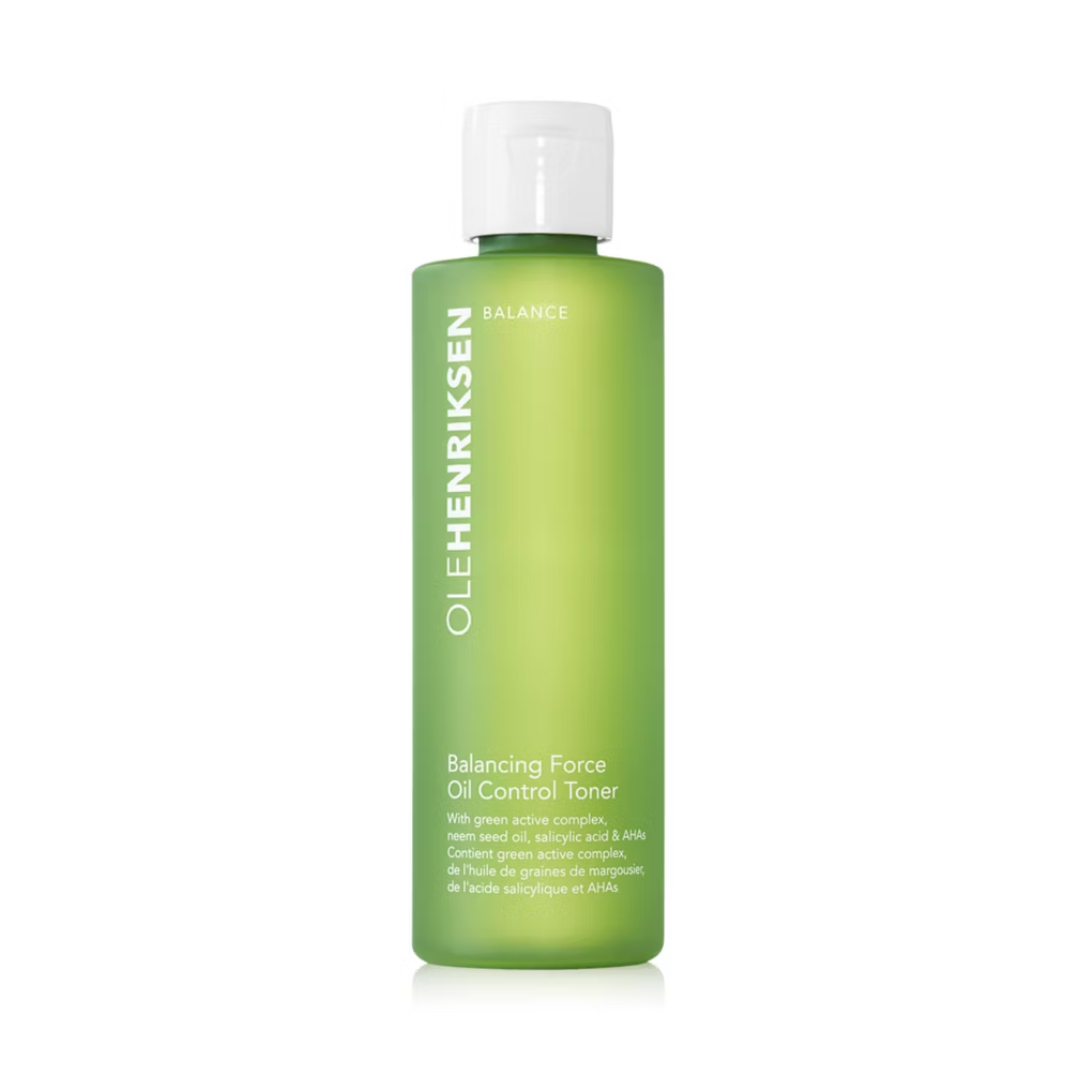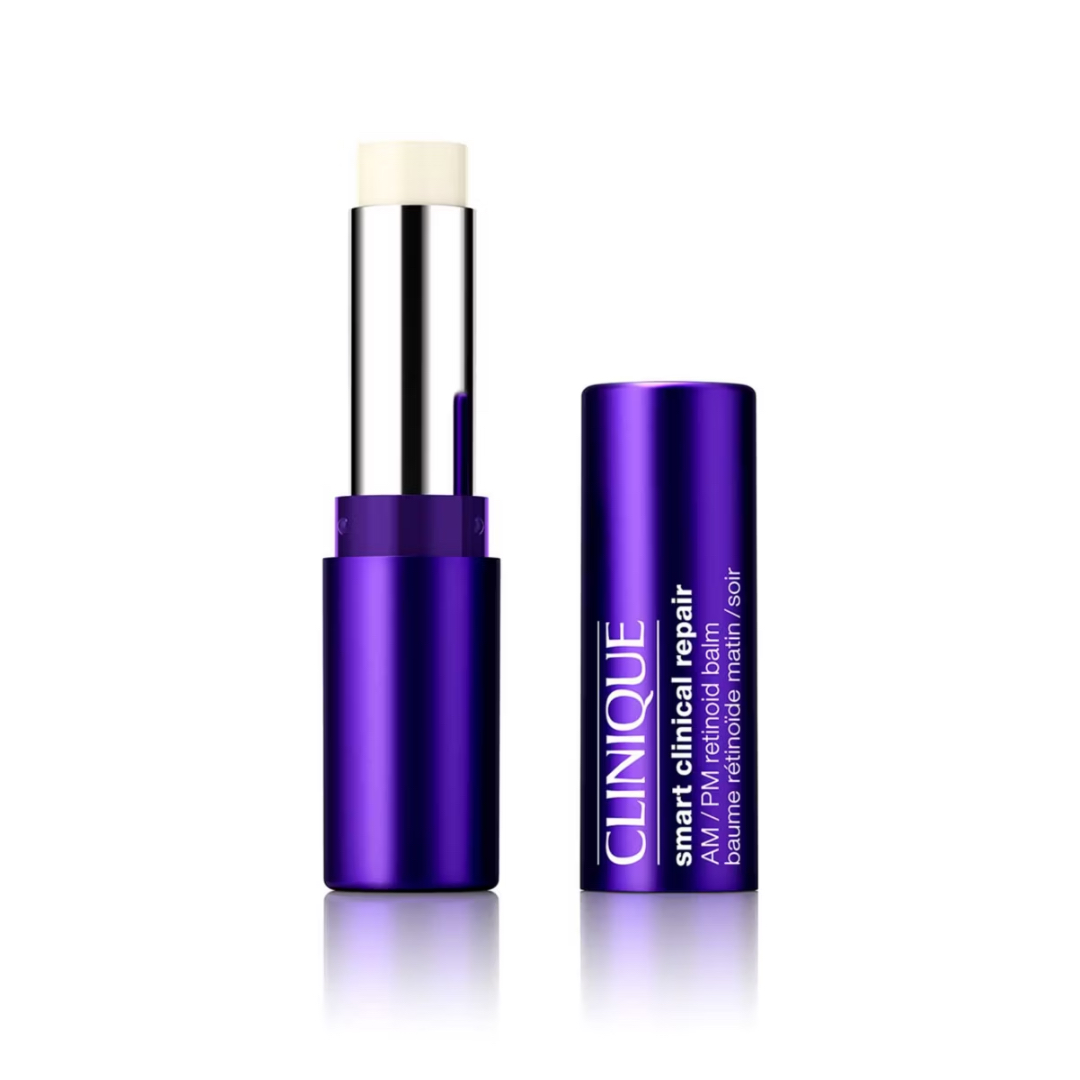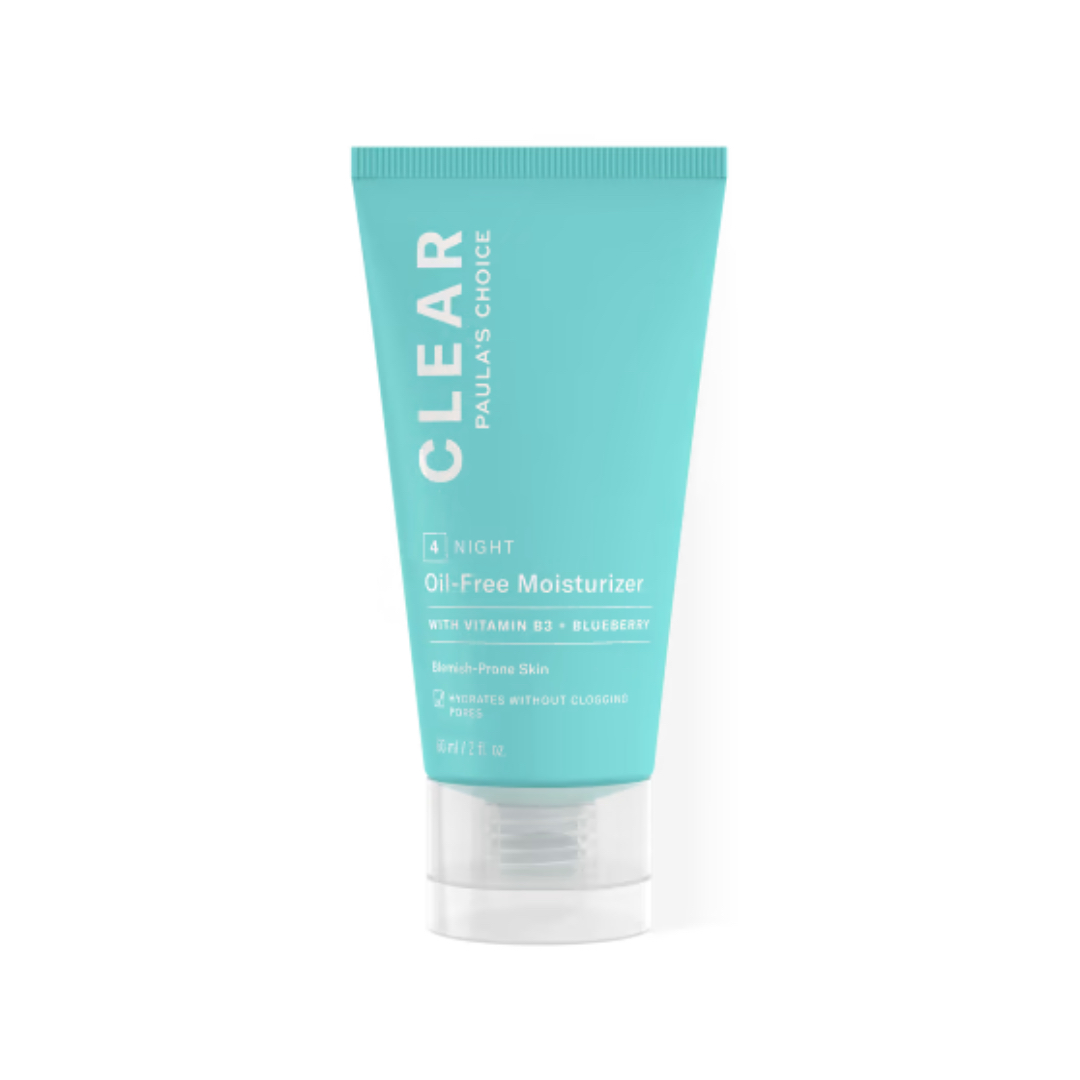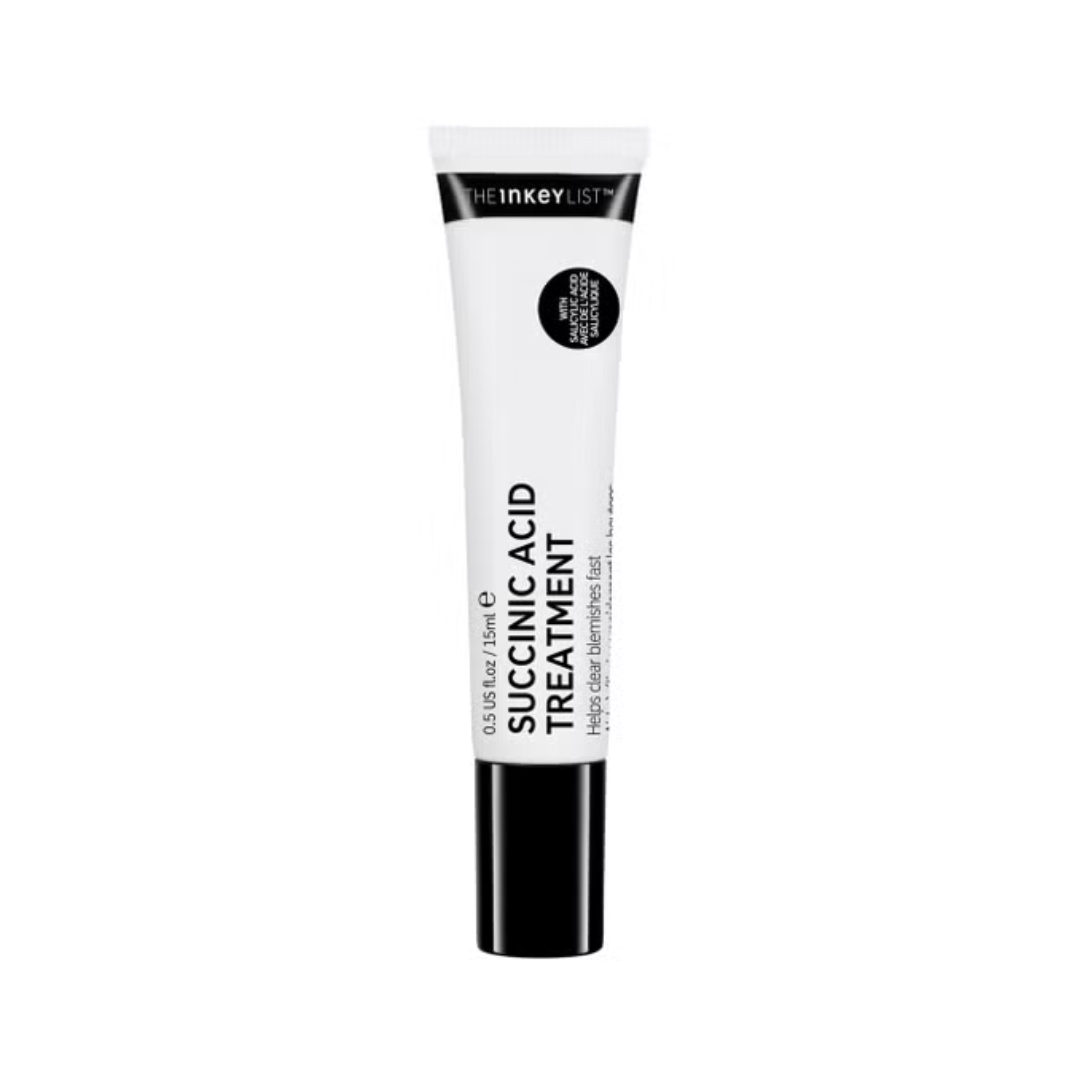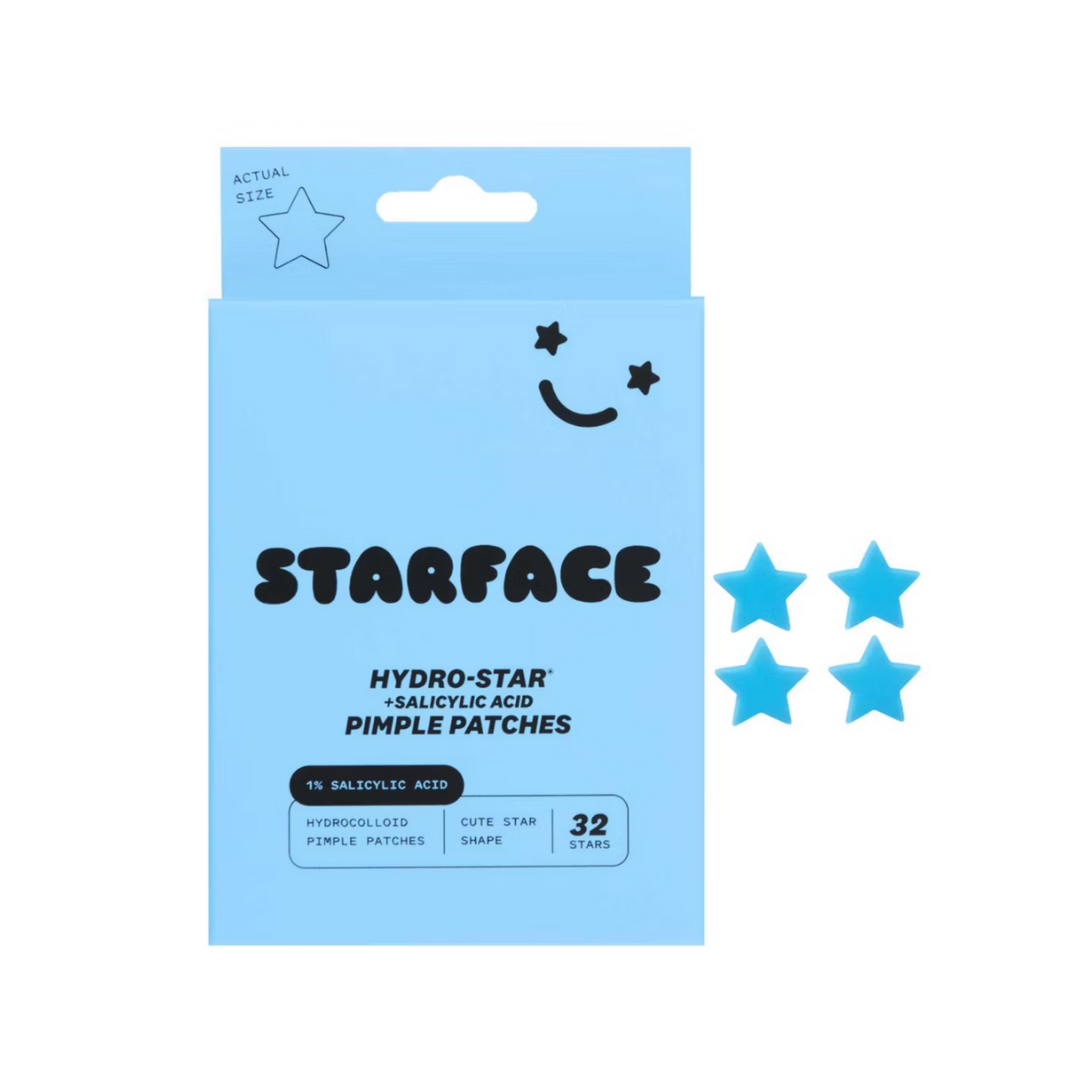I’ve struggled with jawline acne for years, but these expert tips are the best I’ve heard
Experiencing jawline acne? Here's how to get to the bottom of prevention and treatment, according to top dermatologists
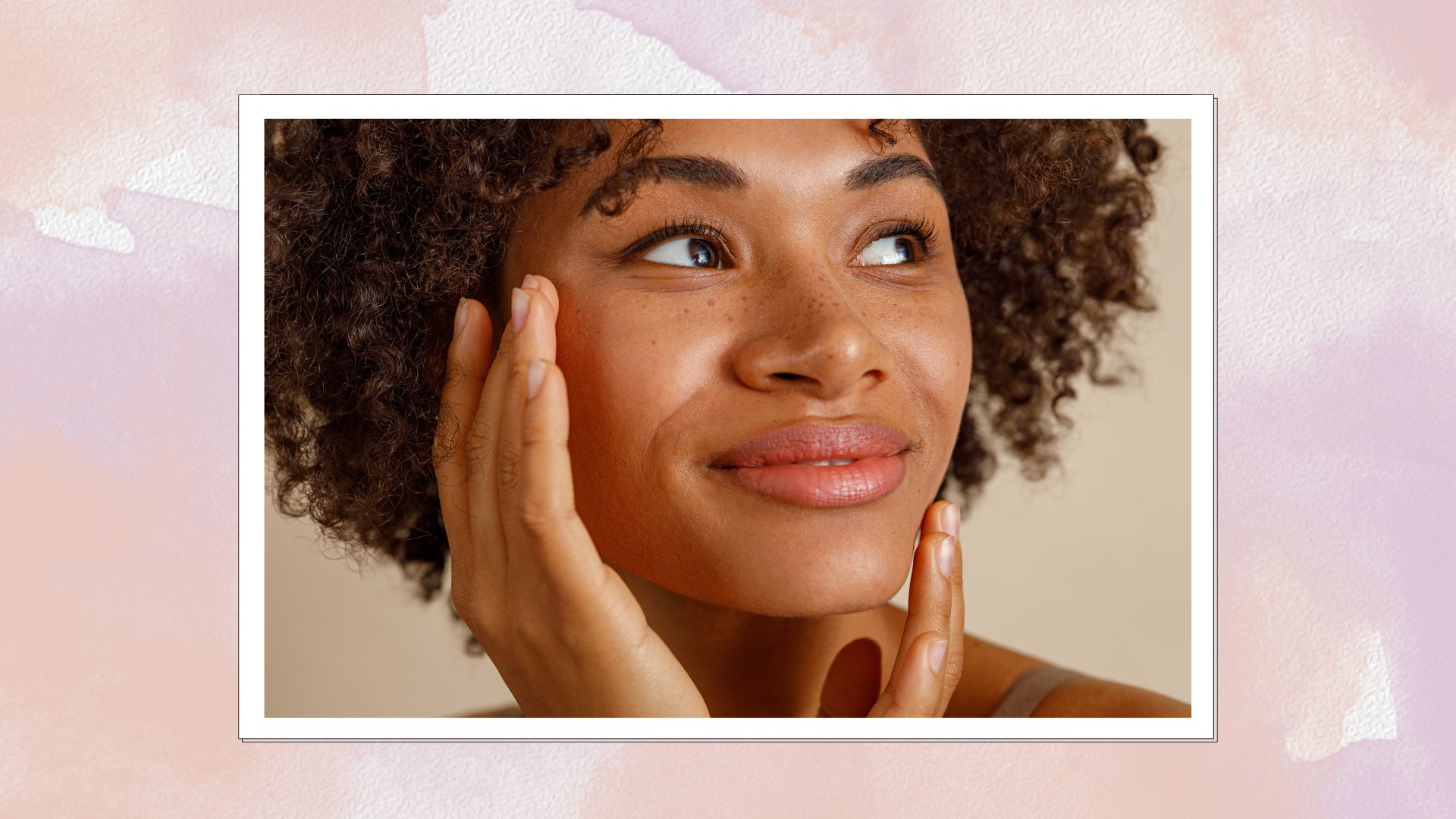

As a teen, I was fairly lucky with my skin. I didn’t suffer with acne until later in life – in my early thirties, to be more specific.
From under-the-skin closed comedones to more aggressive cyst-like acne, I’ve experienced it all. Whenever I am stressed or anxious, or I travel and my routine or environment changes, the jaw and neck are the areas that are impacted most dramatically.
So, I've spoken with my most trusted experts to determine why I'm breaking out in this area, plus how to prevent and get rid of it. If you suffer from jawline spots. I have insight from some of the country’s leading dermatologists and skin experts. From lifestyle changes to the right ingredients for an optimal skincare routine for acne, this guide covers everything you need to know.
What causes jawline breakouts, specifically?
First, says consultant dermatologist Dr. Derrick Phillips, it’s important to recognise that jawline breakouts are a common feature of adult acne: “Jawline acne is a feature of adult female acne,” Dr. Phillips explains. “It differs from teenage acne in the distribution of the pimples and response to treatment.
In teenage acne, the whiteheads, blackheads, pimples and cysts localise to the T-zone (forehead, nose and chin), while in adult female acne they are concentrated on the lower face, typically around the mouth and lower chin (U-zone), and below the jawline.”
These breakouts are commonly linked to hormones. Jawline acne “is linked to hormonal fluctuations (mainly testosterone)... such as ovulation, menstruation, pregnancy, menopause, or if you have a medical condition like polycystic ovary syndrome (PCOS),” says Dr. Sonia Khorana, cosmetic doctor and dermatology expert. “Hormones can stimulate oil glands to produce excessive oil, which clogs pores and is the perfect environment for acne-causing bacteria to thrive.”
There are other possible reasons for these blemishes. The jawline is an area we often touch – or rest on – with our hands (I am certainly guilty of this!), meaning bacteria can easily spread. We also hold phones up to this area, which are breeding grounds for nasties that can lead to spots. “Wearing makeup for too long and applying heavy or oily products like thick sunscreens” can also block pores here, notes Dr. Phillips, leading to acne.
Sign up to our free daily email for the latest royal and entertainment news, interesting opinion, expert advice on styling and beauty trends, and no-nonsense guides to the health and wellness questions you want answered.
Other causes may be linked to skincare products you’re using – that skin simply doesn’t get on with – and certain dietary choices. “Jawline acne is sometimes indicative of internal imbalances, particularly in the endocrine or digestive systems,” notes aesthetic doctor Dr. Raquel Amado.
How to prevent jawline acne
While there are treatment options aplenty (more on this later), I think we can all agree that we’d rather prevent breakouts from happening in the first place over dealing with them when they do.
It’s important to get to the bottom of what is likely causing your breakouts – if it may be linked to hormones, diet or internal imbalances, speak with a doctor first. You may be referred to a dermatologist or even a dietitian or nutritionist to discover why this is occurring.
The biggest changes you can make are linked to your skincare routine and lifestyle. The first is easy: make sure you are properly washing your face with the best cleanser that suits your skin. “It is particularly important to cleanse your skin if you’re acne-prone,” says Dr. Khorana, adding: “[This] helps to combat excess oil and gets rid of excess dirt, debris and sweat you’ve encountered throughout the day.”
Lifestyle switches can include “ensuring that skincare and haircare products are non-comedogenic, regularly disinfecting phones, avoiding resting your chin on your hands and incorporating stress-reducing techniques,” adds cosmetic physician Dr. Emmaline Ashley.
Your treatment options
Here’s what the experts recommend adding into your routine – just remember not to double up on actives like acids and retinoids in the same regime as your skin could get overloaded. As an example, if you’re going to use a salicylic acid cleanser in the morning, keep your exfoliating toner or retinol within your PM regimen or on a different day.
1. An effective cleanser
“Ingredients like sulfur, salicylic acid or benzoyl peroxide work well in a cleanser,” explains Dr. Khorana.
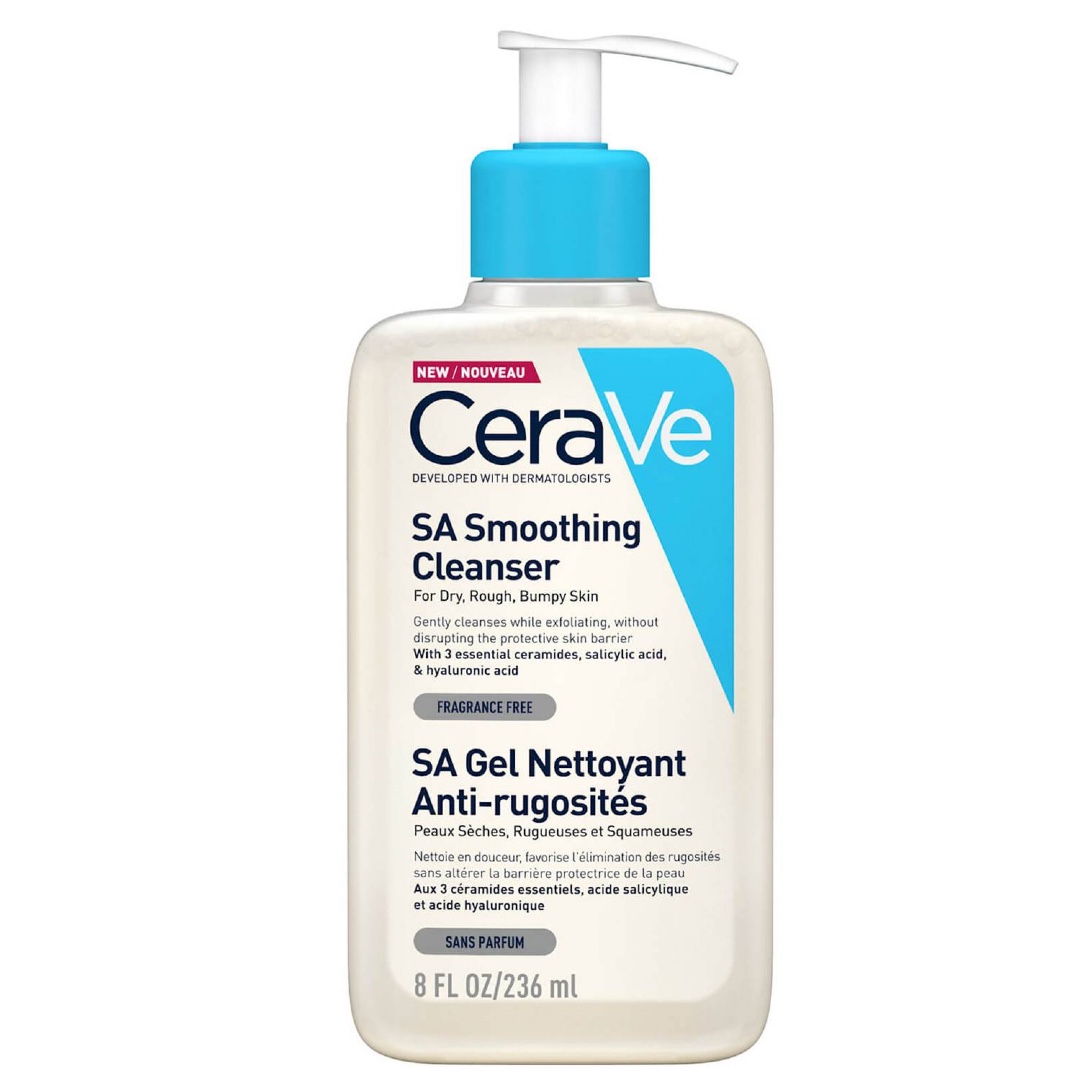
RRP: £14.50
I like the CeraVe SA Smoothing Cleanser with Salicylic Acid, which is gentle enough to use daily but still features a hefty dose of spot-fighting salicylic acid.
2. An AHA toner
Acids like salicylic and glycolic are brilliant at increasing skin turnover and battling breakouts at the root. Dr. Khorana recommends using one just two-to-three times a week, to effectively take on jawline spots.
3. A nighttime retinoid
An off-the-shelf retinol or retinal (or a stronger prescription ingredient, such as adapalene or tretinoin) will “increase the turnover of skin cells, removing dead cells from the surface of the skin, and unclog pores,” explains Dr. Khorana.
4. Lightweight moisturiser
When you’re experiencing spots, it may feel tempting to skip a face cream, but you really mustn't – it’s just important to find the right one. This allows skin to stay hydrated and stops it from overcompensating and producing more oil. “Opt for lightweight, non-comedogenic moisturisers containing ingredients like ceramides and hyaluronic acid,” suggests Dr. Amado.
5. Targeted spot treatments
“Sulfur-based spot treatments can help quickly reduce inflammation,” says Dr. Amado. I would wholeheartedly recommend picking up some spot stickers too, which work wonders for spots in this area.
“These are great as they’re formulated with calming/acne-fighting ingredients and they stick to your skin and create a shield from irritants,” notes Dr. Khorana. They can also encourage the skin to heal and will stop people from picking.”
If shifting your routine and lifestyle hasn’t helped, it’s worth looking into more advanced, professional treatments, such as chemical peels, extractions or LED masks. In some cases, antibiotics or prescription creams may also be recommended by your doctor or dermatologist.
Rebecca (best known as Becky) is a freelance beauty editor and features writer with a decade worth of experience in the industry. She started her career at Glamour UK and has since worked in roles at titles and brands such as Eliza, Bustle and Space NK. She has written for British, US and Australian publications, from Marie Claire and Refinery29 to Stylist and The Coveteur.
She is a keen traveller and often works on the road, covering everything from beauty and fashion to sex, love and dating. Her favourite pieces to write are first person features born from her experiences in the world. She is proudly queer, feminist and pro-choice, and advocates for mental health issues and women's rights. You can check out her work at her portfolio and on her Instagram.
